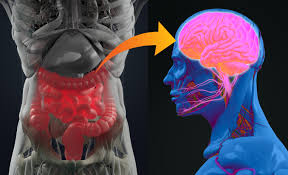Supporting Nerve Comfort, Metabolic Balance, and Cellular Resilience: What Recent Research Reveals About Alpha-Lipoic Acid and Benfotiamine
Growing concerns about nerve discomfort, metabolic overload, oxidative stress, and age-related mitochondrial decline have led many people to look for natural compounds that provide meaningful support. Modern...










